Botanicals
Juniper – An element gin distillers have no control over as juniper grows wild rather than being cultivated. Juniper berries grow in bushes on thorny branches and contain three years’ worth of growth at the same time. They are sourced mainly from the Tuscany region of Italy (as well as Serbia, Macedonia, India and in small quantities the Scottish Highlands) and are hand harvested by locals from October to February who have to hit each branch carefully with a stick to get the ripe berries to fall off. Juniper berries vary in their aromatic properties but generally have a pleasant floral taste with a distinct and assertive wood and pine flavour.
Other botanicals:
Spicy: Coriander, Nutmeg, Cinnamon, Cardamom, Ginger
Sweet: Honeysuckle, Elder flower, Vanilla
Earthy: Angelica root, Liquorice, Rosemary
Floral: Lavender, Hibiscus
Nutty: Almond
Zesty: Lemon peel, Orange peel, Bergamot
Basic styles
London Dry – unlike Scotch or Cognac, London dry gin can be made anywhere in the world. ‘London Dry’ is a reference to the style of gin production rather than an indication of production location. By law London Gin must be processed by redistilling the neutral spirit in a pot still in the presence of juniper and other botanicals. Essentially, it is for styles that generate flavours through distillation as opposed to post-distillation either by including them in the mix, macerating for varying lengths of time, or allowing distilled vapour to pass through them extracting flavour as they go.
Distilled Gin – is made the same way as London Dry except other flavours may be added after distillation – a practise increasing in popularity for experimental producers who can blend different distillates with their gins. These new styles can use exotic flavours, are highly sought after, and can command premium prices.
Plymouth Gin – one of the 13 Protected Geographical Indications, Plymouth Gin must be made in Plymouth, on the south coast of England. It is slightly less dry than the more common London style of gin due to a higher than usual proportion of root ingredients which impart an earthier feel to the gin.
Old Tom – is often called the ‘missing link’ in classic gin flavour profiles as it is slightly sweeter than London Dry but slightly drier than the Dutch Jenever. Old Tom was the original gin used for the popular Tom Collins cocktail and the gin of choice for much of the 18th and early 19th Centuries.
Navy Strength – characterised by an uncommonly high proof, 57% ABV and above. This was the traditional strength demanded by the British Royal Navy. Its inception was the result of spilled gin below ship decks failing to ignite the adjacent gun powder they were stored next to. Officers began to suspect their gin supplies were being diluted by dishonest distillers or merchants and started testing the gin to ensure they received gin of the proper strength, at least 114 proof – today’s 57%.
New styles
Cask-ageing: Some producers have been experimenting with ageing gin in casks –allowing the finalised spirit to rest in oak barrels. These gins receive additional flavours from the wood adding a different dimension to the traditional juniper-based varieties. Commercially available aged gins are rare, with the exception of Beefeaters Burrough’s Reserve which is small batch distilled and rested in Bordeaux casks after distillation – it’s also recommended to be consumed neat.
Percentage alcohol
In the European Union, the minimum bottled alcohol strength for gin, distilled gin and London gin is 37.5% ABV (alcohol by volume). In the United States, gin is defined as an alcohol beverage of no less than 40% ABV.
Tasting Gin
Unlike vodka and tequila which can be drunk neat, or bourbon and whisky which can include ice or a splash of water, gin is meant to be mixed. The range of botanicals used add varying complexities and flavours making it the perfect base for so many classic cocktails.
Did you know?
Gin was once known as ‘mother’s ruin’. During the first half of the 18th Century, England experienced the ‘Gin Craze’. This was a period noted for the rapid and widespread consumption of Gin and an epidemic of extreme drunkenness in London. The spirit’s reputation in the capital was so bad it earned the name ‘mother’s ruin’ due to the reckless abandon with which it was consumed by women at the time.
The Gin and Tonic was invented by the army of the British East India Company at the height of the British Empire. It was developed in the 19th Century as a way to make quinine (which Scottish doctor George Cleghorn said at the time could be used to prevent and treat malaria) more palatable for British officers who were at risk of catching the disease while stationed in India. Since officers were already given a gin ration they took to adding a mixture of water, sugar, lime and gin to the quinine creating the famous G&T.
Best-selling Gin brands in the world
Ginebra San Miguel – a Philippines based gin, first produced in 1834, that is by some margin the best-selling gin brand in the world. It sells over 200 million bottles a year, mainly in its home market where roughly 22 bottles are consumer every second. The Philippines makes up approximately 43% of the entire world market for gin.
Gordon’s – one of the oldest Gin brands in the world having been produced for almost 250 years (it still uses the same recipe, same ingredients and distillation methods). It is the biggest selling gin brand in the UK and in 2016 sold 50% more Gin than closest rival Bombay Sapphire.
Bombay Sapphire – produced through triple distillation with the vapors passed through a basket containing 10 botanicals for a soft infusion of herbal flavour. The name originates from the gin’s popularity in India during the British Raj and refers to the Star of Bombay, a 182-carat sapphire from Sri Lanka, which is on display at the Smithsonian Institute. The sapphire also inspired the gin’s iconic crystalline blue bottle.
Tanqueray – originally distilled by Charles Tanqueray in 1830 and made in London. Production was moved to Scotland after its distillery suffered massive bomb damage during World War II. Tanqueray is a London dry gin and made by the double distillation of grain with botanicals added during the second distillation. Its largest market is the US where it is the best-selling imported gin.
Beefeater – this brand’s name refers to the Yeomen Warders who are the ceremonial guards of the Tower of London – who also famously adorn the gin’s bottles. Beefeater has been distilling in London since 1876. It is one of only 9 distilleries still operating in the city itself. In 2017, the brand launched a new red bottle design for its Beefeater 24 gin, made from a blend of 12 botanicals including Japanese Sencha and Chinese Green tea.
Seagrams – the best-selling gin in the US earning the self-appointed name of ‘America’s Gin’ or ‘America’s #1’. It was founded in 1857 in Ontario but was first introduced to America’s cocktail culture post-prohibition in 1939. Its taste profile includes a distinctive citrus taste with hints of orange peel, cinnamon and lilac in the nose.
Larios – Spain’s best-selling gin and newcomer to the UK market in 2016. The Larios family were involved in cane processing before moving into distillation in 1863 launching Larios Gin – according to the London dry gin method – in 1932. Now owned by Beam Suntory.
Hendrick’s – Scotland based Hendricks launched in 1999 and is famed for using Bulgarian rose and cucumber in its gin to add flavour (as well as 11 other botanicals). It’s commonly suggested that the gin be served with tonic water over ice garnished with a slice of cucumber in place of the traditional citrus. It has a famous and unique dark brown, apothecary-style bottle.
Gin Mare – Another Spanish brand on the best-selling gin list. Launching in 2010, Gin Mare is made in a former monk’s retreat in the small fishing village of Vilanova just outside Barcelona. It uses Turkish rosemary, Greek thyme, Spanish citrus and Italian basil in its botanical line-up reflecting its Mediterranean origin.
Translated by Sylvia Wu / 吴嘉溦
All rights reserved by Future plc. No part of this publication may be reproduced, distributed or transmitted in any form or by any means without the prior written permission of Decanter.
Only Official Media Partners (see About us) of DecanterChina.com may republish part of the content from the site without prior permission under strict Terms & Conditions. Contact china@decanter.com to learn about how to become an Official Media Partner of DecanterChina.com.

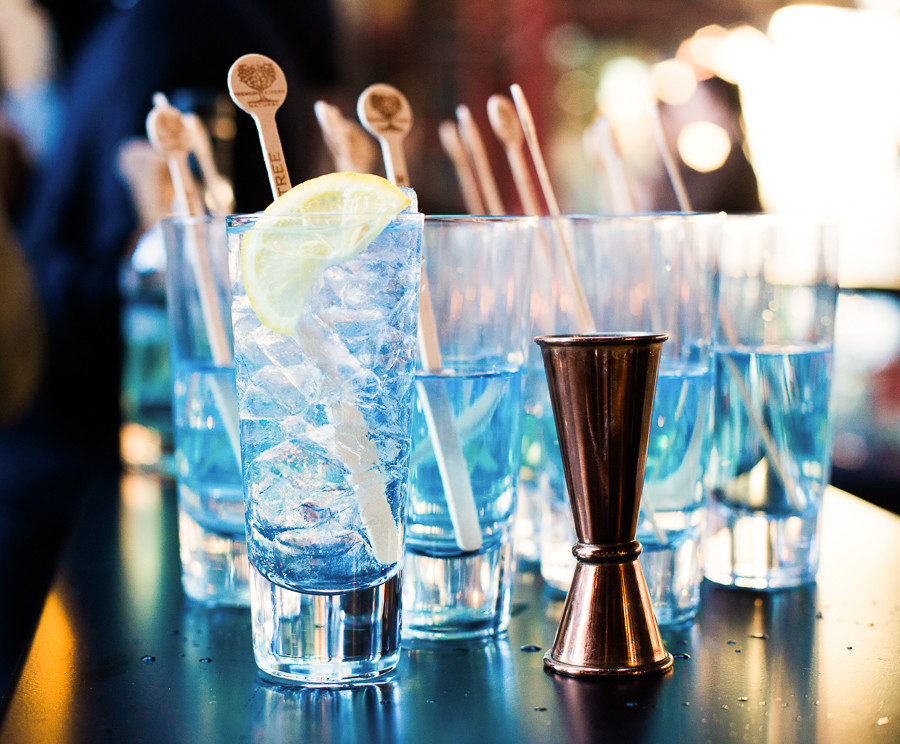
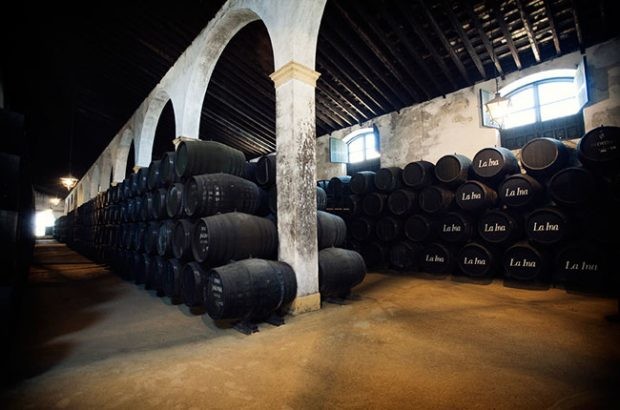
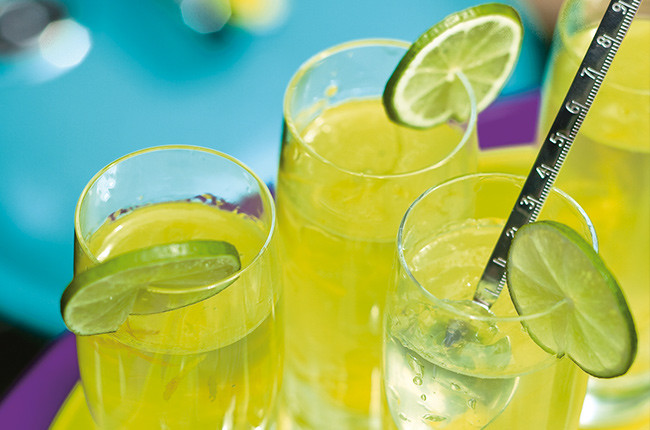
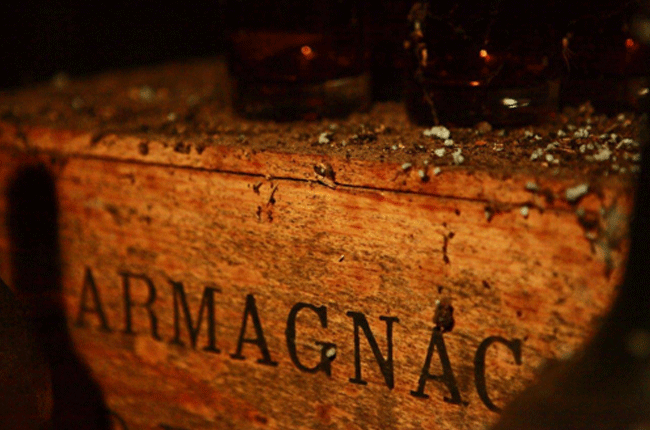
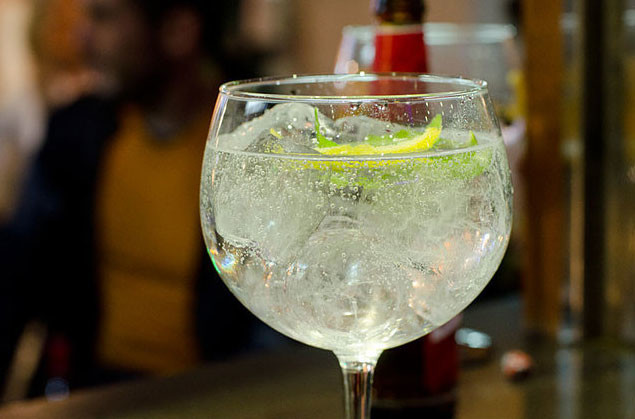
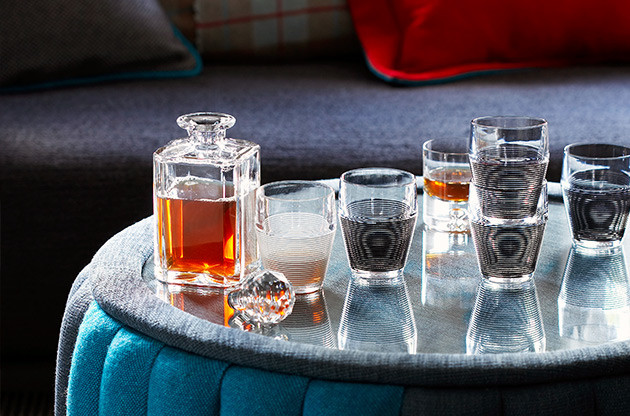
Comments
Submit